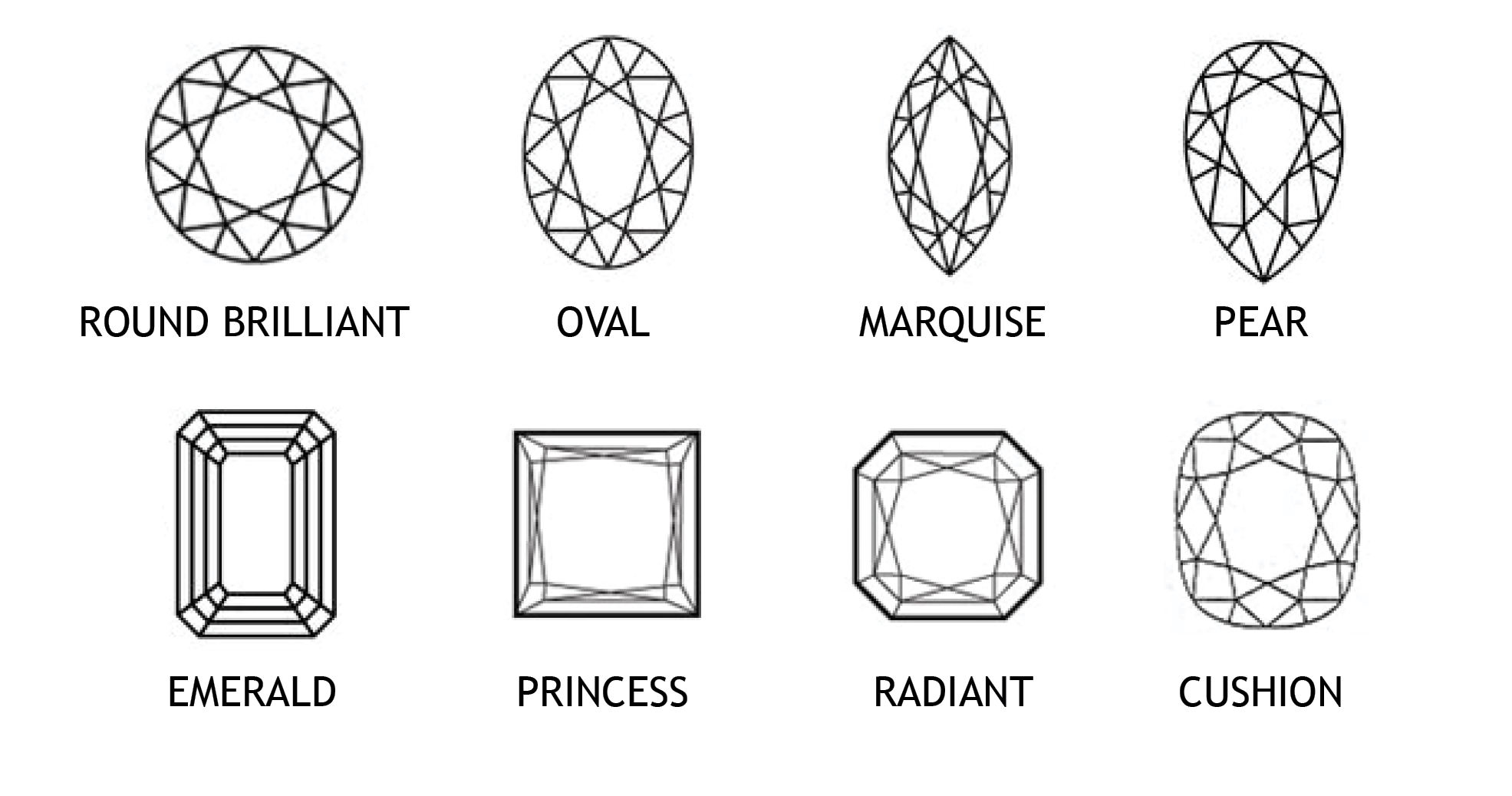Education
DIAMONDS ARE EXTREME
When you are planning on purchasing a diamond it is important that you know as much as possible about how diamonds are classified.
Like snowflakes, no two diamonds are exactly alike, even if they appear identical at first glance. Each diamond is an ultimate original whose imperfections make it unique.
Diamonds are extreme, and nature’s most precious and beautiful creations. They are pure carbon crystals, formed under extreme heat and great pressure at depths of hundreds of kilometres in the earth’s mantle. Most diamonds found in nature are over 1 billion years old. In a typical mine, 100 tons of rock needs to be processed in order to find a diamond larger than 1 carat.
4Cs
Carat
Carat is a measure of weight, not size. One carat (abbreviation ct) is equal to 0.20 grams. Only one in 1,000 diamonds weighs more than a carat.
Since larger diamonds are rarer than smaller ones, diamond value rises exponentially with carat weight. Therefore, a one carat diamond will generally cost more than two half-carat diamonds, assuming all other specifications are equal.
Two diamonds of the same carat weight may have different prices based on their colour, clarity and cut. A heavier diamond isn’t automatically more valuable.
Approximate carat weight conversion into millimetres for round cut:
COLOR
Colourless and near-colourless diamonds are the most valuable. The exception to this is fancy color diamonds, such as pinks and blues, which lie outside this colour range.
The scale begins with the letter D, representing colorless, and continues with increasing presence of yellow color to the letter Z. Many of these color distinctions are so subtle that they can only be recognized by a professional under controlled lighting and using a master diamond sample set for comparison and accuracy.
These slight differences make a very big difference in diamond quality and price. Depending on the stone’s size, a single increase in color grade can boost the value of a diamond by thousands of dollars per carat.
Natural diamonds also occur in shades of blue, green, yellow-orange, pink or red. Known as ‘natural fancy colours’, these gems are extremely rare and valuable. They are graded according to the intensity of their colour.
CLARITY
The Clarity of a diamond is based on the number, location, size, and type of inclusions found in the stone. An inclusion is an imperfection in the stone that is visible at ten-time magnification. The clarity grade from “Flawless” to “Included” may also indicate whether the inclusion is near the centre of the stone or along its girdle, or outer edge.
Pure diamonds are extremely rare, and almost all contain “inclusions” or impurities. These are caused by the incomplete crystallisation of carbon or other minerals that were trapped in the mineral during the stone’s formation. These imperfections are purely natural and highlight the uniqueness of each diamond.
CUT
Cut is the only element of the 4 C´s influenced by the human hand and is often considered the most important. Precise workmanship is required to cut a diamond so its proportions, symmetry, and polish maximize brightness and fire. If the diamond is not well cut, it will not interact with light as it should.
Each grade is evaluated according to 3 parameters: proportions, polish and symmetry. The Cut is divided into 5 grades:
Excellent, Very Good, Good, Fair and Poor.





 No products in the cart.
No products in the cart. 